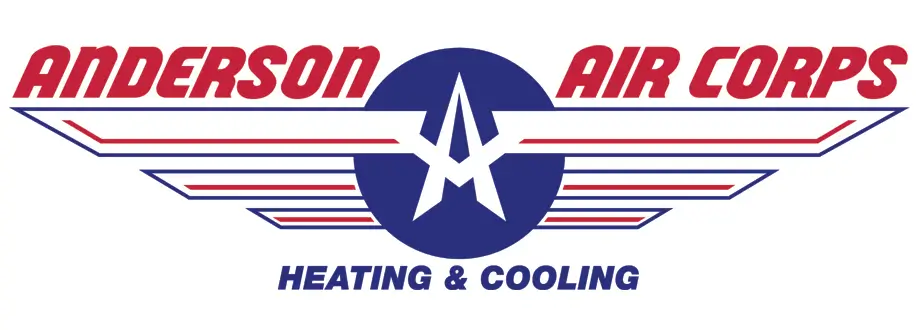Introduction
Buying a new HVAC system is a major investment—one you expect to last for many years. But even the most reliable systems can run into problems, and when they do, your warranty is your safety net. The challenge? Many homeowners don’t actually know what their warranty covers, how to claim it, or the fine print that could void it. If you want to avoid unexpected repair bills, you need to know how to read and understand your HVAC warranty like a pro.
In this guide, we’ll break down the key parts of HVAC warranties, common pitfalls, and practical steps to make sure you’re fully covered.
TLDR – Quick Guide
- Know the basics: Warranties usually cover parts, labor, or both.
- Check the term length: HVAC warranties range from 5–10 years (sometimes longer).
- Spot the exclusions: Improper installation or lack of maintenance can void coverage.
- Register promptly: Many manufacturers require product registration within a set time.
- Keep records: Save receipts, maintenance logs, and proof of installation.
Detailed Breakdown
What an HVAC Warranty Actually Covers
An HVAC warranty is essentially a promise from the manufacturer (and sometimes the installer) that your system will perform as intended for a specific period. Coverage typically falls into two categories:
- Parts warranty: Covers replacement of defective parts such as compressors, coils, or blower motors.
- Labor warranty: Covers the cost of having a technician repair or replace those parts.
Some warranties cover both; others only cover parts, leaving labor costs to you.
Reading the Fine Print Without Getting Burned
The devil is in the details—HVAC warranties often have limitations that can catch you off guard. Look for these key points:
- Exclusions: Cosmetic damage, damage from misuse, or problems caused by poor installation are typically not covered.
- Maintenance requirements: Many warranties require proof of regular professional maintenance.
- Registration deadlines: Some manufacturers reduce coverage if the unit isn’t registered within 30–90 days.
Common Mistakes That Void HVAC Warranties
It’s surprisingly easy to lose your warranty coverage. Here are the top errors homeowners make:
- Skipping annual tune-ups: Manufacturers often require at least one professional service per year.
- DIY repairs: Unlicensed work can void your warranty immediately.
- Using unauthorized parts: Always use manufacturer-approved components.
How to Make a Warranty Claim the Right Way
When you need to file a claim, speed and documentation matter. Follow these steps:
- Locate your paperwork: Have your warranty documents, proof of purchase, and maintenance records ready.
- Contact your installer or manufacturer: They’ll guide you through the claim process.
- Be specific: Clearly describe the problem and any troubleshooting steps already taken.
Tips to Maximize Your HVAC Warranty Coverage
- Register immediately after installation.
- Hire a qualified, licensed installer to avoid coverage disputes.
- Schedule annual maintenance and keep written proof.
- Ask about extended coverage for labor, as parts warranties often outlast labor warranties.
Key Takeaways
Understanding your HVAC warranty can save you from unexpected costs and headaches. Remember to register your system promptly, keep detailed maintenance records, and hire licensed professionals for installation and service. By knowing exactly what’s covered—and what’s not—you can make the most of your warranty and protect your investment for years to come.
FAQs
1. What’s the difference between a manufacturer and installer warranty?
A manufacturer warranty covers the equipment itself, while an installer warranty covers the workmanship. You may have both, and they often have different terms.
2. Do I have to use the same company for maintenance to keep my warranty valid?
Not always, but you must use a licensed HVAC professional. Check your warranty’s fine print to confirm whether the installer must perform ongoing maintenance.
3. Can I transfer my HVAC warranty if I sell my home?
Many warranties are transferable, but you’ll often need to notify the manufacturer and pay a small fee. This can add resale value to your home.
4. How long do HVAC warranties usually last?
Standard coverage is 5–10 years for parts, with labor often covered for 1–2 years. Premium systems and extended warranties can offer up to 12 years or more.
5. What happens if I forget to register my HVAC system?
Some manufacturers shorten the warranty term—sometimes by half—if registration isn’t completed on time. Always register promptly to get full coverage.
